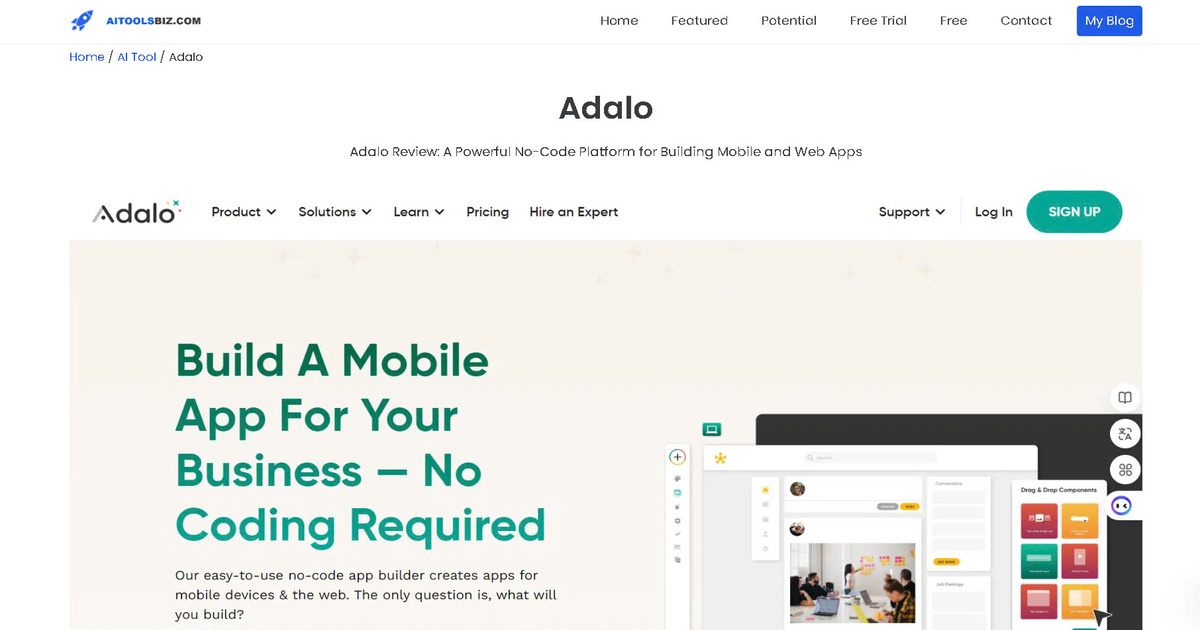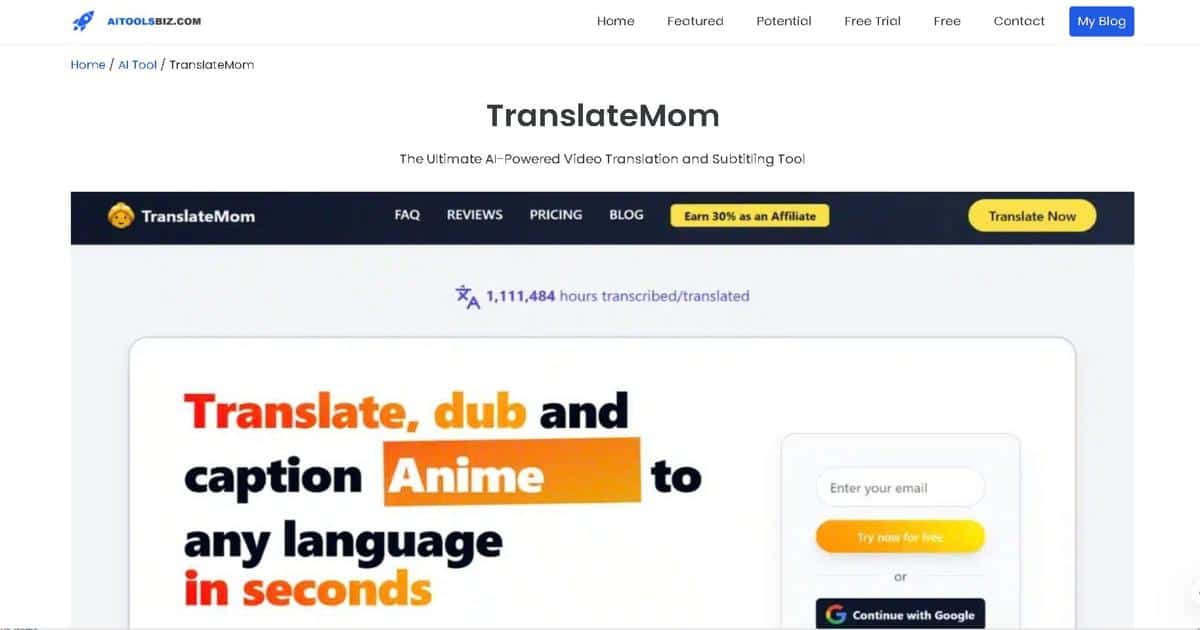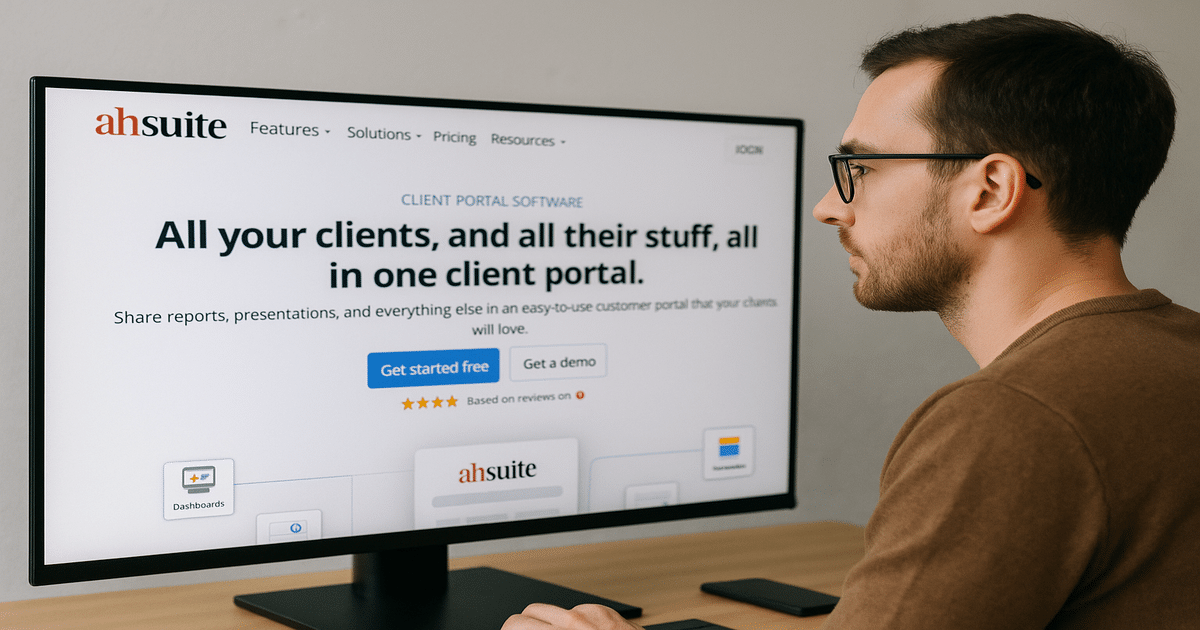Wondering about Hopper HQ? Find out how this AI-driven software compares to existing social media management tools. Advantages, disadvantages, and pragmatic internal comparisons.
The Social Media Management Test
Running several social media channels is strategic battle, not only time-consuming. The work is anything but simple between creating interesting captions, producing on-brand graphics, monitoring engagement, and reaching the sweet spot of the algorithm.
Brands and creators are using smart technologies and automation to remain ahead. Among them, Hopper HQ distinguishes itself not only for its AI-driven features but also for the user experience it offers for scheduling, management, and content analysis.
But how does it stack up against other well-liked companies like Buffer, Hootsuite, Later, and Sprout Social?
This post will help you select the finest tool depending on your objectives, budget, and workflow by analysing the advantages and disadvantages of Hopper HQ with its rivals.
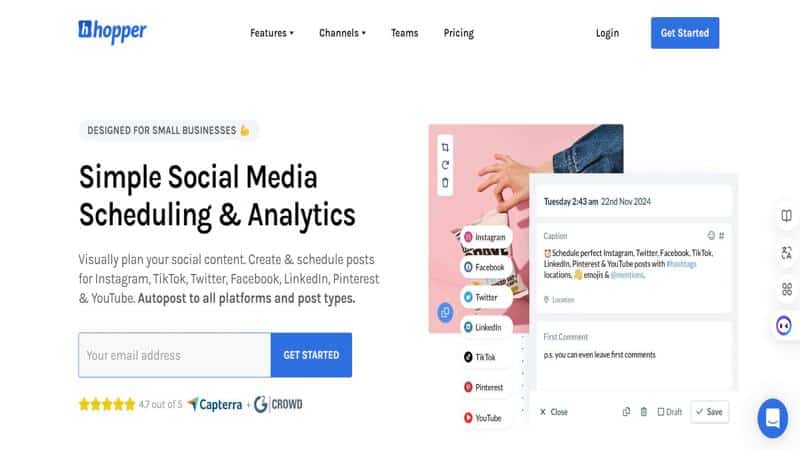
Hopper HQ is what?
Before jumping into comparisons, let us first clarify the tool in issue.
Hopper HQ is a social media planning and scheduling tool made with visual content producers in mind. Though it also supports sites like Facebook, LinkedIn, Twitter (X), and Pinterest, its main focus is Instagram.
Hopper HQ’s unique qualities are its user-friendly design, strong bulk-scheduling capabilities, and current use of artificial intelligence for captioning, hashtag recommendations, and best posting time research.
Hopper HQ’s Key Features
- Calendar interface with drag-and-drop functionality
- Bulk upload and scheduling
- AI-generated hashtags and captions
- Instagram grid preview
- Team post approval process
- Simple performance and engagement analytics
- Auto-posting to Instagram (no push notifications)
Agencies, freelancers, and companies with a strong visual strategy will find these features appealing.
Hopper HQ or Hootsuite
Advantages of Hopper HQ versus Hootsuite:
- Ease of use: Hopper HQ features a simpler UI and a smaller learning curve.
- Its Instagram grid preview is more natural for visual brands.
- Price: Particularly for small teams or freelancers, Hopper HQ is more reasonably priced.
Disadvantages:
- Hootsuite provides more thorough analysis and tailored reports.
- Hootsuite backs more social platforms, including YouTube and TikHub.
- Hootsuite’s approval and cooperation processes are more sophisticated.
Verdict: Hopper HQ triumphs if all you care about is Instagram and you want artificial intelligence tools free of clutter. Hootsuite, however, comes first for more general channel support and enterprise-level analytics.
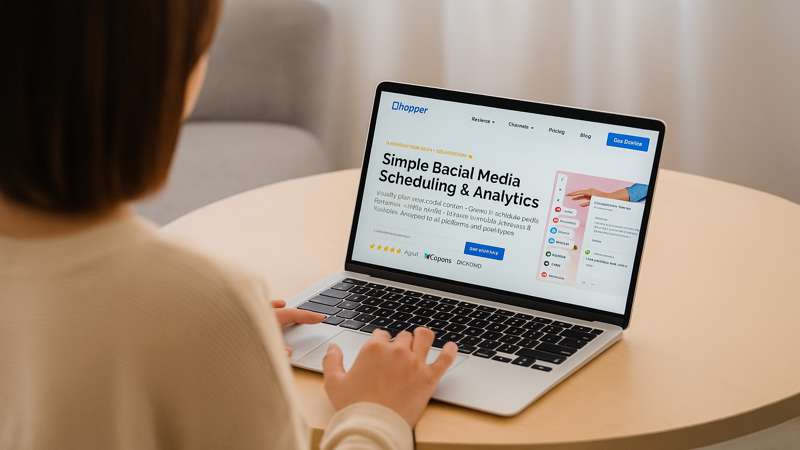
Hopper HQ against Buffer
Advantages of Hopper HQ versus Buffer:
- Visual Workflow: Hopper HQ’s design is more appropriate for image-heavy material strategy.
- Hopper HQ’s AI-generated captions and hashtag recommendations provide a creative push.
- Hopper HQ backs grid previews and first-comment hashtags; Buffer does not.
Drawbacks:
- Mobile Experience: Buffer’s app is more responsive and robust.
- Buffer links with more tools including Zapier, Canva, etc.
- Buffer’s analytics offer better insights using performance trends over time.
Verdict: Buffer is a decent all-rounder, while Hopper HQ is better suited for visual-first social marketing, especially on Instagram.
Hopper HQ compared to Later
Advantages of Hopper HQ over Later:
- Hopper HQ has them in most plans; Later’s AI features are relatively restricted behind paid tiers.
- Hopper HQ lets you bulk schedule using CSV uploads, which saves a lot of time.
- Hopper HQ’s clean user interface offers less distraction and more useful simplicity.
Drawbacks:
- Later’s Linkin.bio tool is more advanced for e-commerce.
- Later offers better ways to control Instagram Stories.
- Later’s media asset management is more advanced.
Verdict: Hopper HQ is more streamlined for a clean, AI-powered experience without feature clutter. Later still tops in asset organisation and ecommerce-friendly features, though.
Hopper HQ compared to Sprout Social
Advantages of Hopper HQ versus Sprout:
- Price: Hopper HQ is far less expensive; Sprout Social is aimed for companies and agencies.
- Hopper HQ doesn’t need complicated customisation or onboarding, thus its setup is quicker.
- Hopper HQ prioritises useful functionality over bloatware and bypasses it.
Drawbacks:
- Sprout’s enterprise-level assistance and training are better.
- Sprout offers sentiment analysis and social listening; Hopper HQ does not.
- Sprout triumphs in thorough reporting with extensive analytics, exports, and white-label choices.
Verdict: For agencies, Sprout Social is a premium tool. Hopper HQ is perfect for small marketing teams and creators.
AI Features: The Special Selling Point of Hopper HQ
Most of the technologies available now emphasise reporting, queueing, and scheduling. Few include artificial intelligence in material generation as smoothly as Hopper HQ.
Hopper HQ’s artificial intelligence capabilities:
Based on photo identification or manual instructions, Hopper HQ’s AI can produce captions.
- Recommend Hashtags: Using trend relevance, subject, and engagement statistics
- Time Optimisation: Examine optimal time slots for greater reach
This changes the way people think about producing material—not simply when and where to publish, but also what and how.
The outcome? Quicker process. More pertinent material. Improved involvement.
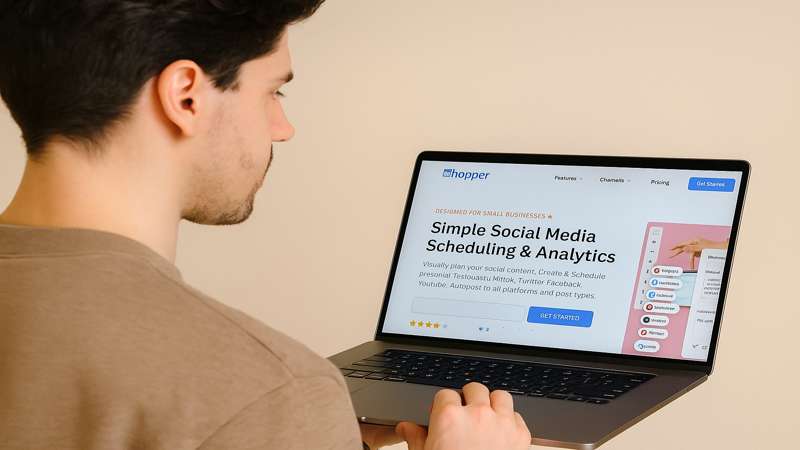
When to Select Hopper HQ
Hopper HQ excels for:
- Visual-first brands (fashion, travel, gastronomy, interior design)
- Influencers and content creators managing several accounts
- Marketing departments wishing to save time on manual posting
- Small businesses need client content approvals
- Professionals seeking artificial intelligence assistance without having to master new software
It’s not attempting to be everything for everyone. Rather, it is really good at a few things.
When to Think About Alternatives
If you need TikHub or YouTube functionality (not fully integrated), you might want to explore beyond Hopper HQ.
You require bespoke reporting dashboards and thorough data analysis. You operate with a very large workforce and require significant cooperation tools.
You desire competitor tracking or built-in social listening
In such situations, think about Later (for content library and ecommerce solutions), Sprout (for analytics), or Hootsuite (for platform support).
Price Breakdown
Cost-wise, here is how Hopper HQ compares:
Monthly price plan characteristics
Single Nineteen dollars a month one user, one set of accounts
Business $49 a month Bulk scheduling, artificial intelligence techniques, and up to three users
Custom varies Several brands, white-label choices
Contrast this to:
- Hootsuite: Beginning at $99/month
- Sprout: Beginning at $249/month
- Buffer: Starts at $6/month per channel
- Later: $18/month (basic) to $80+/month
Especially for small to mid-sized teams, Hopper HQ’s pricing is open and reasonable.
Real User Feedback
We combed through user independent reviews of those who migrated to Hopper HQ:
I kept switching between Buffer and Google Sheets. Hopper HQ altered the game; it’s so visual and simple.
Freelance social media manager Melissa D.
The artificial intelligence caption tool is great. It’s correct 80% of the time; the rest only need a modification.
Creative director Marco B.
Hootsuite has less functionality than Hootsuite, but I really like that. I don’t want 50 tabs I never use.
Chantal K., owner of small business
These kind of endorsements highlight the platform’s power: simplicity without needless complexity.
Final Reflections: Is Hopper HQ Worth It?
Certainly—if you fit the profile.
Hopper HQ is not the most feature-rich tool available. It doesn’t want to be either. For creators, tiny businesses, or lean marketing teams searching for: it’s difficult to surpass.
Hopper HQ lets you concentrate more on the creative side by handling the “when” and “how,” so helping you to balance content development and administration.
And it is exactly what most busy marketers and artists want right now.



